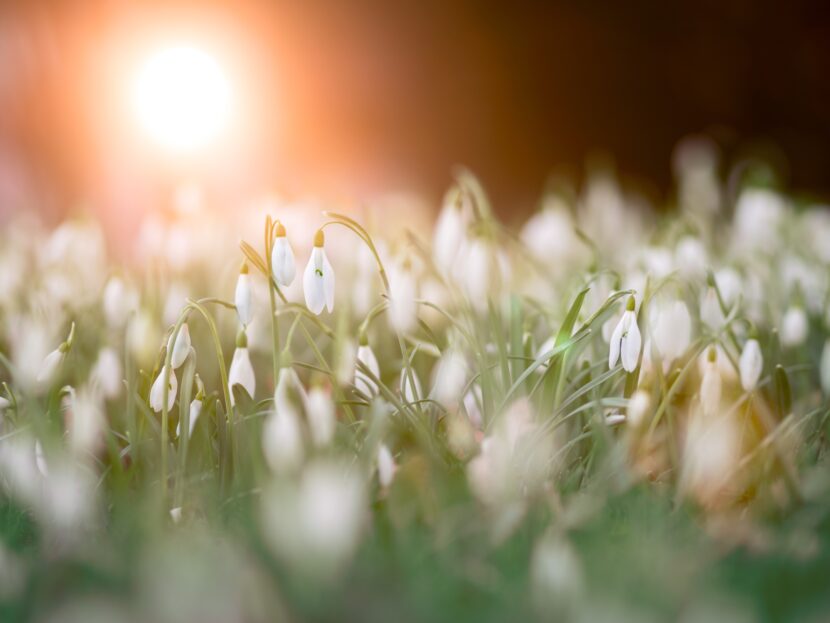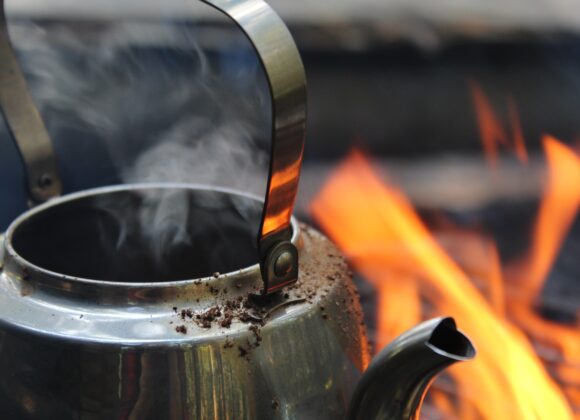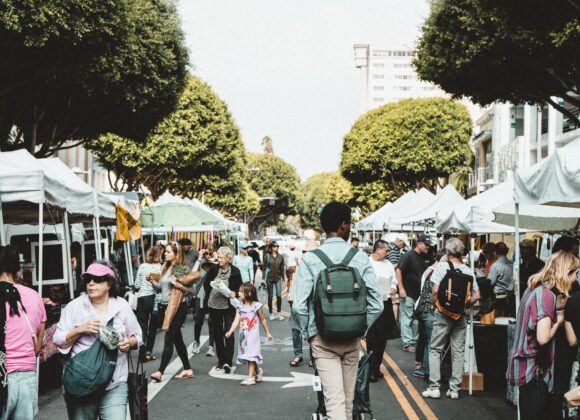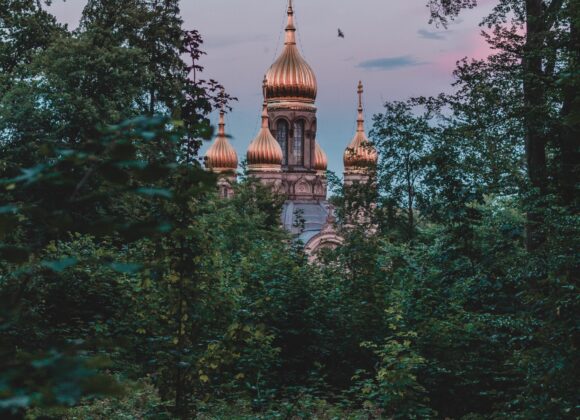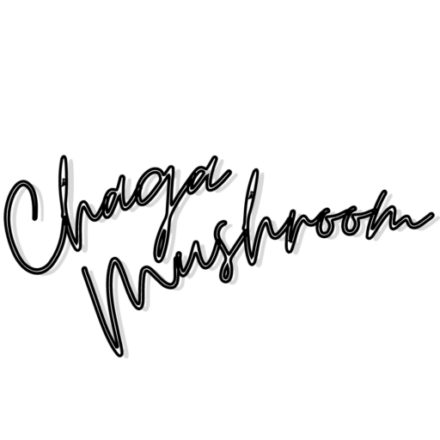The scientific name of the Chaga mushroom is Inonotus obliquus. Chaga starts growing from the inside of a tree, instead of developing on the surface. As it grows and matures, it protrudes from the tree. You’ll be able to recognize the parasitic fungus by its dark, almost black exterior. Looking like something has burnt on the tree. From the inside, it’s a rich orange-brown color with a corky texture. Chaga with the highest nutritional value is found on birch trees. What is the best time to pick wild Chaga?
The best time to pick wild Chaga is spring, not only is the visibility better, due to smaller leaves, warmer weather, and fewer bugs. Chaga will have had time to defrost and dry from the sunshine, as well as actively absorb more nutrients and minerals from the birch tree’s freshly running sap.
chagamushroom.co.uk team
Best time to pick Chaga
Whilst Chaga can be harvested all year round. Depending on where you live, try to wait until spring when the sap starts to run.
There are advantages to harvesting Chaga in the winter, like better visibility and fewer bugs. But we have found that during minus degrees the fungus is often a little frozen, therefore harder to remove.
It’s also good to keep in mind that during the wet season, Chaga absorbs moisture, which means that the drying time will be much longer than usual and there’s a bigger likelihood for the fungus to get contaminated with mold.
Where to harvest Chaga?
Chaga is prone to absorbing different pollutants around it, which is why it’s important to avoid polluted areas like busy roadsides, forests close to factories, cities, and railroads. The deeper to the forest you go, the higher the quality of your mushroom, meaning the more health benefits you’ll gain.
Chaga will only stay alive and sterile whilst the host tree is living. Meaning that once the birch tree has died, the mushroom has died along with it and will only develop fruiting bodies to start another life cycle. That’s why trusting your supplier’s integrity to provide you with living, high-quality Chaga.
During the growing seasons, you can tell from the leaves of the tree. However, if you’re finding it hard to distinguish a dead tree, look for the following signs:
- No winter buds or leaves
- Many mushrooms on the tree
- Big rotten branches, with a portion of them fallen off
- The tree is less hard (test it by touching and knocking on the wood)
Tools for wild Chaga harvesting
Here are tools you want to bring with you when going to pick wild Chaga. Keep in mind the average diameter of Chaga is 10 to 20 centimeters, depending on the maturity of the fungus.
- A basket, container or a bag
- Axe or an hatchet
- Saw
- Sharp knife
Simply prepare your tools and once you’ve found your fungus, try to break off pieces of it by using either an ax, little saw, or a knife. Typically Chaga comes off birch trees quite easily. Once you’ve finished cutting it from the tree, make sure to gather everything that might have fallen to the ground and prepare the Chaga for drying by breaking it into smaller chunks on the spot.
Sustainable harvesting
In order for us to keep Chaga around, the fungus needs to be harvested sustainably as it can take up to 20 years for it to mature. Sustainable harvesting of Chaga means that 40-50% of the fungus will be left on the tree.
Unfortunately, profit-hungry companies are irresponsibly damaging the trees in the forest to harvest Chaga and selfishly taking the entire piece of Chaga they find, leaving the once thriving and beautiful birch tree to die. That’s why we encourage people to do their research on the companies they purchase from.
How to find wild Chaga?
These mushrooms grow best on the outside of yellow and white birch trees. If you think that you’ve found Chaga on trees like oak, cherry, or poplar, you might be mistaking the fungus with a burl. Unfortunately, the Chaga’s that have been planted on other threes don’t seem to have the same health benefits as the ones growing on birch. Since a lot of the healthy compounds and nutrients it contains are produced from birch trees and their sap. Keep in mind that Chaga thrives in cold, damp conditions, and has a great tolerance for surviving hard winters.
Unlike many other mushrooms, Chaga starts growing from inside the tree, instead of developing on the surface of the tree. As the fungus matures, it protrudes from the tree.
It’s important you stay alert and extremely patient with lots of time for seeking, and exploring. Only one in 20,000 birch trees will be host to this polypore. Chaga generally only grows on older trees. So, older growth forests are the best place to look.
Most often, Chaga is found on Paper birch (Betula papyrifera), Yellow birch (Betula alleghaniensis), and Heart-leaved paper birch (Betula cordifolia). It is not easy to spot Chaga due to its camouflage black surface, which blends in with the black and white birch bark. Make sure to keep your eyes off the ground whilst Chaga hunting, as the most common height range between which Chaga likes to plant itself is 2-10 meters.
Note that Chaga fungus reproduces thanks to spores, therefore once you’ve found one, it’s most likely that there are more growing in the area. The spores are microscopic biological particles, that travel through the air and determine the next suitable birch bark cracks where a new life cycle for the fungus begins.
Related: How to find Chaga in the woods?


